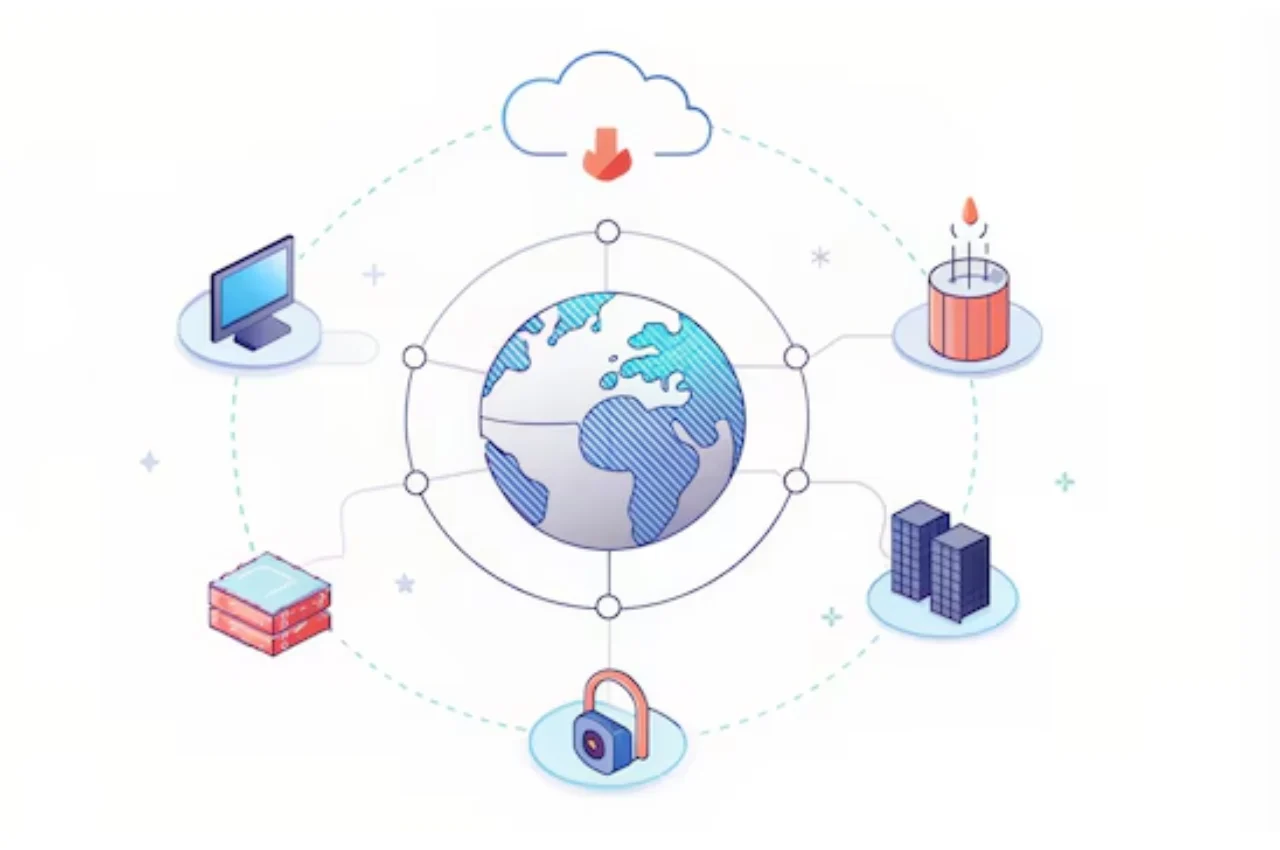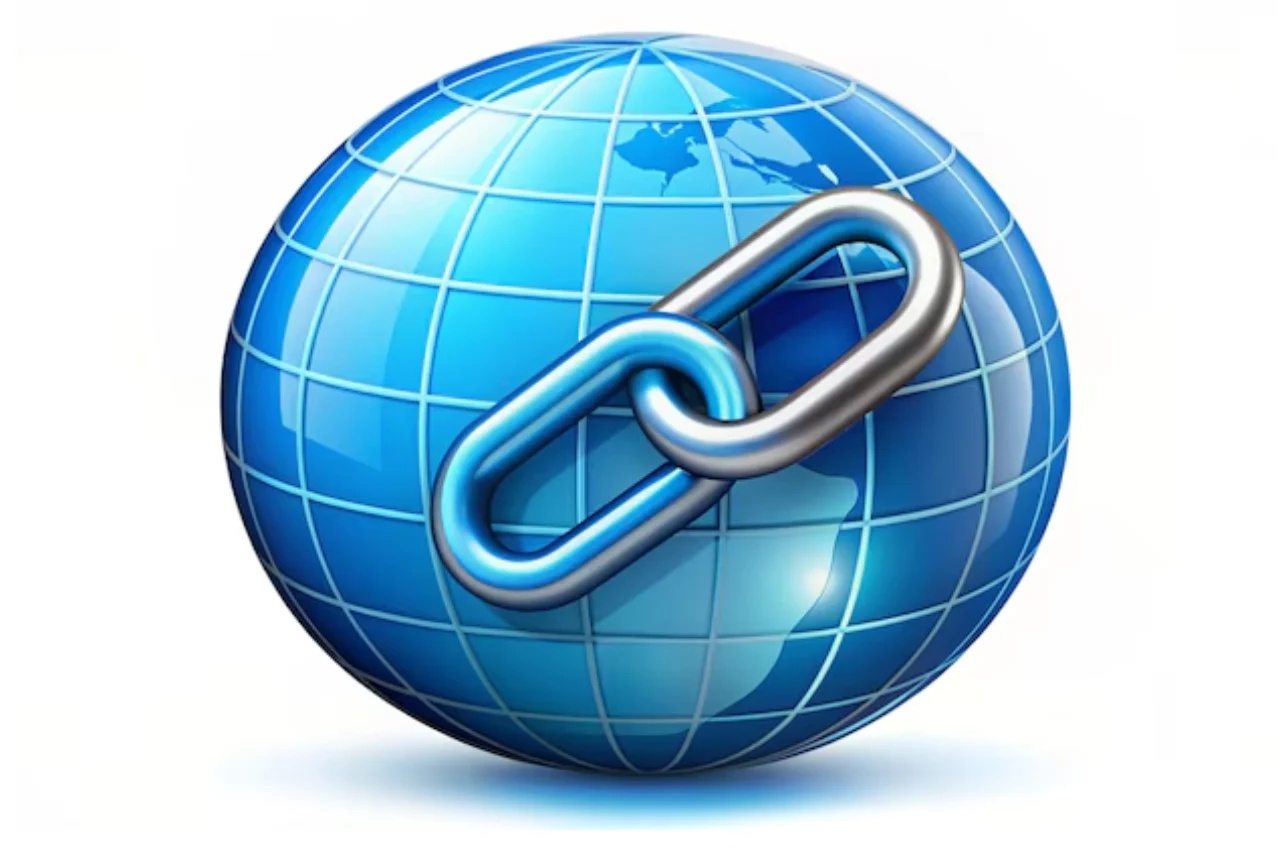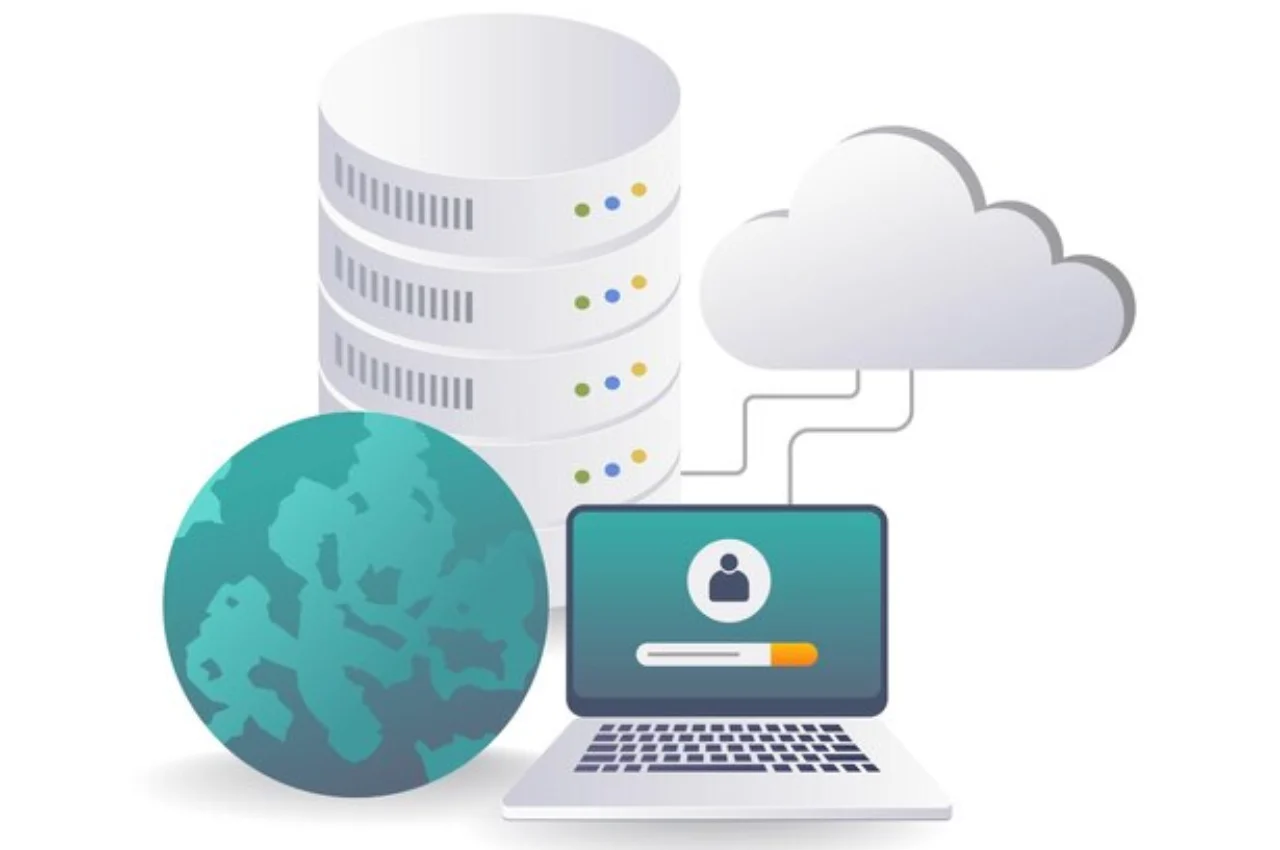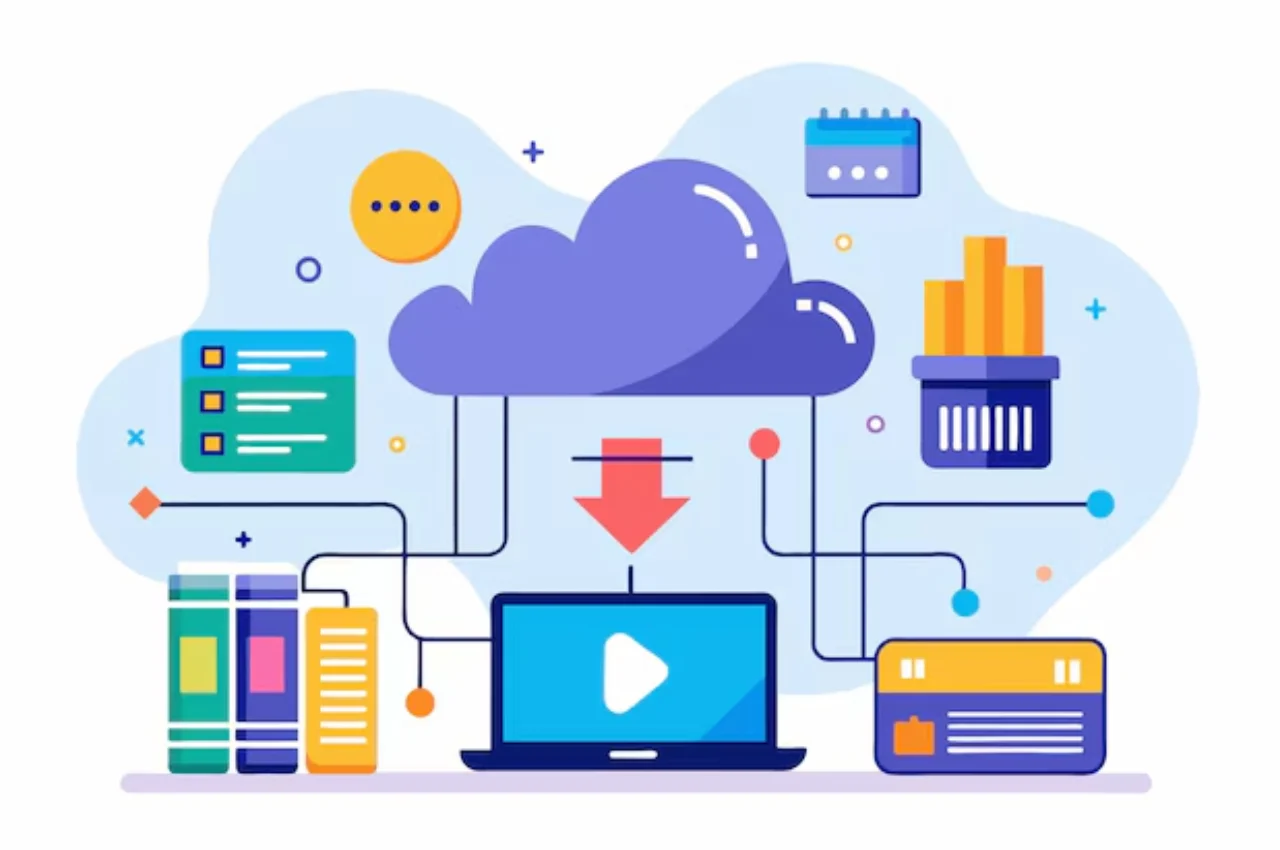CDN can be good or bad depending on your specific needs and how it is implemented. When used correctly, a CDN can improve website speed and performance.
However, if not configured properly, it can introduce security risks and additional complexity. It is important to assess your website’s requirements and choose a CDN provider that aligns with your goals. By understanding the advantages and potential drawbacks of using a CDN, you can make an informed decision that benefits your online presence. We will explore the benefits and challenges of utilizing a Content Delivery Network (CDN) for your website, helping you determine if it is the right solution for you.
Table of Contents
Pros of Using CDN
Using a Content Delivery Network (CDN) offers several significant benefits. It improves performance by reducing latency, as content is delivered from servers closest to the user, speeding up load times and enhancing overall site performance. CDNs also increase reliability by distributing content across multiple servers, providing redundancy, and handling high traffic volumes to minimize server overload and downtime.

Additionally, CDNs enhance security with features like DDoS protection, secure data transfer, and web application firewalls, adding layers of protection against cyber threats. They facilitate scalability by managing large traffic spikes, ensuring consistent performance as your site grows. Moreover, CDNs contribute to cost efficiency by offloading traffic from your origin server, reducing bandwidth costs, and improving resource utilization. Overall, CDNs help create a more reliable, secure, and efficient web experience.
Improved Website Performance
Implementing a CDN can significantly improve website performance by reducing latency and delivering content from servers closer to the user’s location.
Reduced Server Load
CDNs help reduce server load by offloading the delivery of static resources such as images, CSS, and JavaScript files, allowing the origin server to focus on dynamic content.
Better User Experience
Using CDN results in a better user experience as it ensures faster loading times, lower latency, and improved reliability, ultimately enhancing user satisfaction and engagement.
Cons of Using CDN
While Content Delivery Networks (CDNs) offer many advantages, there are potential drawbacks to consider. The cost can be significant, as the service itself often incurs additional expenses, especially for high-traffic websites. Integration and configuration may also be complex, requiring changes to DNS settings and website code, which can be challenging for those without technical expertise. Performance issues might arise if the nearest server is not well-optimized or if there are connectivity problems between the CDN and the origin server.
Additionally, relying on a third-party provider means your website’s availability and performance are dependent on their reliability. Caching can also present challenges, as outdated or stale content may be served if not managed properly. Overall, while CDNs provide substantial benefits, it’s important to consider these potential drawbacks and evaluate if a CDN meets your specific needs and resources.
Additional Cost
One significant drawback of using a Content Delivery Network (CDN) is the additional cost associated with the service. While CDNs can help reduce bandwidth expenses by offloading traffic from your origin server, they come with their own set of fees. The pricing structure often depends on factors such as the amount of data transferred, the number of requests, and the level of service. For high-traffic websites, these costs can add up, impacting your overall budget. It’s important to carefully evaluate CDN pricing plans and consider whether the benefits outweigh the additional expenses in the context of your specific needs.
Privacy Concerns
Privacy concerns are a notable drawback of using a Content Delivery Network (CDN). Since CDNs involve routing user requests through third-party servers, there is an increased risk of data interception and exposure. Users’ browsing habits and personal information might be accessible to the CDN provider, raising concerns about data security and privacy. Additionally, CDNs often aggregate data from various sources, which could potentially lead to broader data sharing and misuse if not properly managed. Ensuring that the CDN provider adheres to stringent privacy policies and practices is essential to mitigate these risks.

Potential Security Risks
While Content Delivery Networks (CDNs) enhance performance and reliability, they can also introduce potential security risks. Relying on a third-party provider means your website’s security is partially dependent on their infrastructure. If the CDN experiences a security breach, your data and user information could be at risk.
Additionally, CDNs can be targeted by DDoS attacks, which might impact your site’s availability if not properly mitigated. Caching mechanisms, while improving speed, can also serve outdated or compromised content if not managed correctly. Lastly, misconfigured CDN settings might expose sensitive information or create vulnerabilities that could be exploited by attackers. It’s crucial to choose a reputable CDN provider and implement robust security measures to mitigate these risks.
CDN vs Traditional Hosting
When comparing CDN and traditional hosting, it’s essential to understand the key differences between the two. CDN, or Content Delivery Network, offers various advantages over traditional hosting methods, making it a popular choice for websites looking to improve speed and performance.
Comparison
CDN operates by distributing website content across multiple servers located in different geographical regions. In contrast, traditional hosting relies on a single server to serve content to users.
Benefits of Using CDN Over Traditional Hosting
- Improved Loading Speed: CDN accelerates content delivery by serving it from the nearest server to the user, reducing latency.
- Enhanced Performance: With CDN, websites can handle higher traffic loads without compromising speed and performance.
- Global Reach: CDN allows websites to reach a global audience efficiently by caching content on servers worldwide.
| CDN | Traditional Hosting |
| Geographically distributed servers | Relies on a single server |
| Improved loading speed | Potential latency issues |
| Enhanced performance under high-traffic | May experience slowdowns during peak periods |
| Global reach and scalability | Limited scalability for global audiences |
Real World Examples of CDN Implementation
Real-world examples of CDN implementation have shown how content delivery networks (CDNs) play a crucial role in ensuring efficient and reliable delivery of digital content. Leading companies such as Netflix, Amazon, and Facebook have leveraged CDNs to optimize their content delivery, resulting in improved user experiences and streamlined content distribution.

Netflix
Netflix has successfully implemented CDN to deliver high-quality streaming content to its global audience. By strategically distributing content across servers worldwide, Netflix ensures minimal buffering and fast loading times, enhancing user satisfaction.
Amazon
Amazon utilizes CDN to accelerate the delivery of its extensive range of products and services. With the help of CDN, Amazon can efficiently distribute product images, videos, and other multimedia content, delivering a seamless online shopping experience to customers.
Facebook has integrated CDN into its platform to optimize the delivery of multimedia content, including photos and videos shared by users. This implementation enables swift content loading and seamless browsing, enhancing overall engagement on the platform.
Conclusion
Whether Cdn is good or bad depends on various factors. It offers faster load times and a better user experience, but may also come with costs and potential security risks. It’s crucial to carefully assess your specific needs and weigh the pros and cons before making a decision. Ultimately, the right approach will depend on your individual circumstances and goals.


